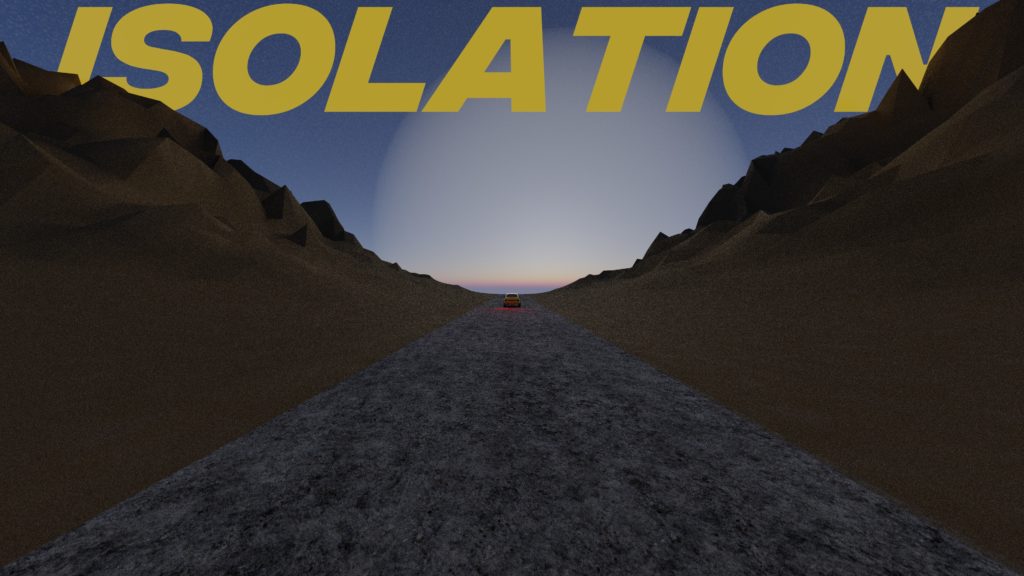On August 15th, Afghanistan fell… right into the hands of the Taliban. After 20 years of war, the Taliban, as reported by The Guardian, began to implement “…the process of forming a government in Afghanistan, after taking control of the capital, Kabul, and declaring that the war is over, as Afghan forces surrendered and President Ashraf Ghani fled the country.”
The Taliban has promised not to kill activists, artists, educators, and journalists. However, according to reports from journalists and activists on the ground, they have already begun to hunt them down. We are bearing witness to a monumental humanitarian crisis unfolding before our eyes. Thousands of civilians are endangered, in need of immediate help.
Time is of the essence! The next few weeks are critical- We must do what we can to help civilians who are in danger get out right now and persuade countries, institutions, and individuals worldwide to help. Banks have shut down. People no longer have access to money, making it difficult to flee.

Immediate Action Needed: This is quite a grave situation. And I believe the the NFTfi community can help. First, to create a decentralized financial resource using NFT art donations to raise and distribute Emergency Funds that refugees can quickly access for resettlement. And furthermore, to create an awareness campaign for those able to get out, directing them to this aid.
About Stand Up For Unity & Their NFT Fundraiser
Stand Up For Unity began as a campaign launched in the summer of 2015. It has since developed into an international platform and global outreach movement for unity, tolerance, respect, and peace, regardless of religion, race, nationality, colour, or gender. The organization was founded by Canadian/Afghan entrepreneur Nahid Shahalimi, an award-winning filmmaker/producer, author, artist, and human rights advocate.
The platform is supported by world-class personalities, including international figures, entertainers, sports legends, human rights activists, and inspirational people of all ages & walks of life, including H.H.The Dalai Lama.

#StandUpForUnity NFTs is a Global Awareness campaign for Solidarity with Afghanistan: to promote awareness about their growing humanitarian crises. To create a monetary aid fund for resettlement costs using blockchain technology. To mobilize artists, musicians, collectors, and the NFT community to participate by creating/donating NFT art and/or via special events/performances. #StandUpForUnity Ntfs hope to do the following:
- Raise awareness and funds to help relocate displaced and persecuted people.
- Use blockchain technology to transfer mutual aid funds for resettlement.
- Set up an easily accessible system to distribute funds to those in need.
More About Nahid Shahalimi
Nahid Shahalimi lives in Munich, Germany, with her two daughters. Forced to leave Afghanistan in 1985, her family moved to Canada, where she was raised. As a young adult in Munich, Shahalimi launched her career as an author, human rights activist, international consultant on Gender, (former) professional athlete, award-winning filmmaker, and one of the most prolific international artists in the art world today. Nahid’s passion for arts and humanitarianism began in her college & university days. She majored in Fine Arts, Politics, and Southeast Asian studies, specializing in Human Rights. However, witnessing the destruction of her country under the Soviet occupation as a child ignited within Nahid the passion for devoting her life to promoting peace, tolerance, respect, and acceptance. The synergy between her various personal and professional experiences is reflected in all that she does.
Shahalimi is the author of Where Courage Bears the Soul: We the Women of Afghanistan: Tales of Courageous & Inspiring Afghan Women, published in 2017 by Elisabeth Sandmann Publishing. We The Women started as an initiative of collections of inspiring stories of women from around the world, told through 3 creative pillars involving portrait paintings, books, and documentary films. Today We The Women UG/LTD is a social impact enterprise. Shahalimi also created We the Women of Afghanistan: A Silent Revolution, a multiple award-winning documentary film and tour, with a World Premiere screening at the UN German Mission, the United Nations’ headquarters in New York City.
Furthermore, Shahalimi supports and provides consultations to several international foundations. She is an active member of UNICEF Germany’s National Committee and is the Founder and Chairwoman of Hope Foundation for Women and Children of Afghanistan (active since 2007). Currently, Shahalimi is engaged in the forefront of the cutting-edge digital art revolution, creating NFTs after 30+ years of painting. This experience makes her uniquely qualified to understand how decentralized finance and NFTs can be harnessed to provide immediate aid for humanitarian causes. On top of all of this, she is an incredible friend, mother, and one of our finest staff writers here at WTF.
Final Thoughts
I would very much appreciate if everyone reading this took a moment out of their day to look into the resources linked in this article and below. The situation unfolding in Afghanistan is dire, and there are countless at-risk lives that need to be evacuated from the country immediately. The NFT community is powerful, and I believe that we have the power and capacity to make a difference. If you have a moment of time please make a tweet with #standupforunity – and, if you can, add it to your instagram or twitter bios for the next 24 hours to show solidarity. And if you have the means please feel free to reach out to myself or nahid directly.
For inquiries, please contact
Stand Up For Unity
Mutschelle Str. 4
81673, Munich – Germany
StandUpForUnity@protonmail.com
SOCIAL TOOLKIT
Facebook: https://www.facebook.com/standupforunity/
Twitter: https://twitter.com/standupforunity
IG: https://www.instagram.com/standupforunity/?hl=en
Website: www.standupforunity.com

















